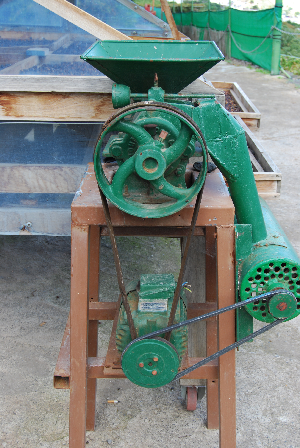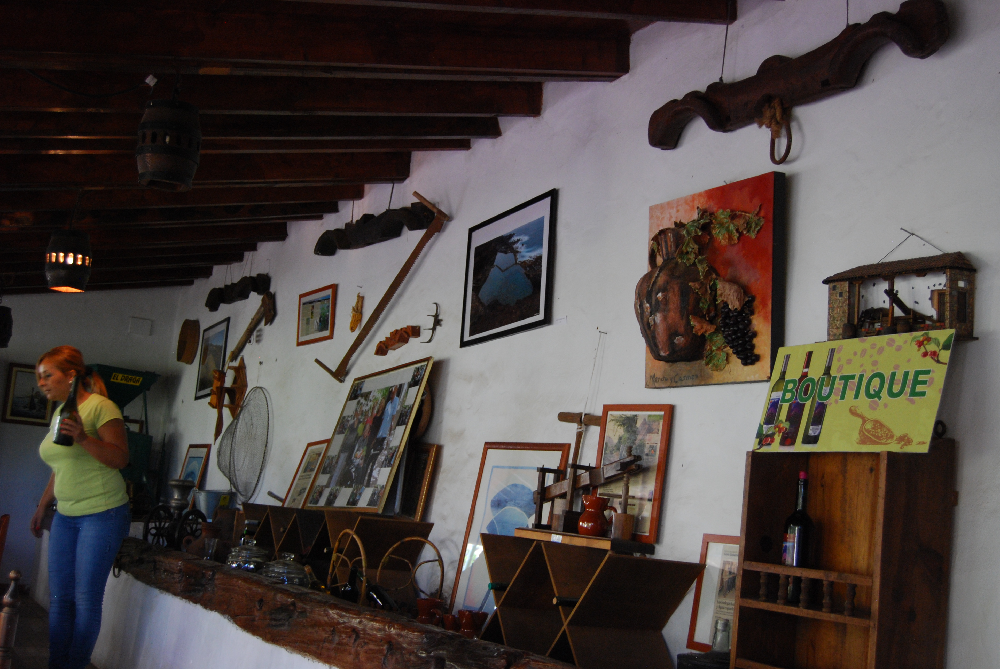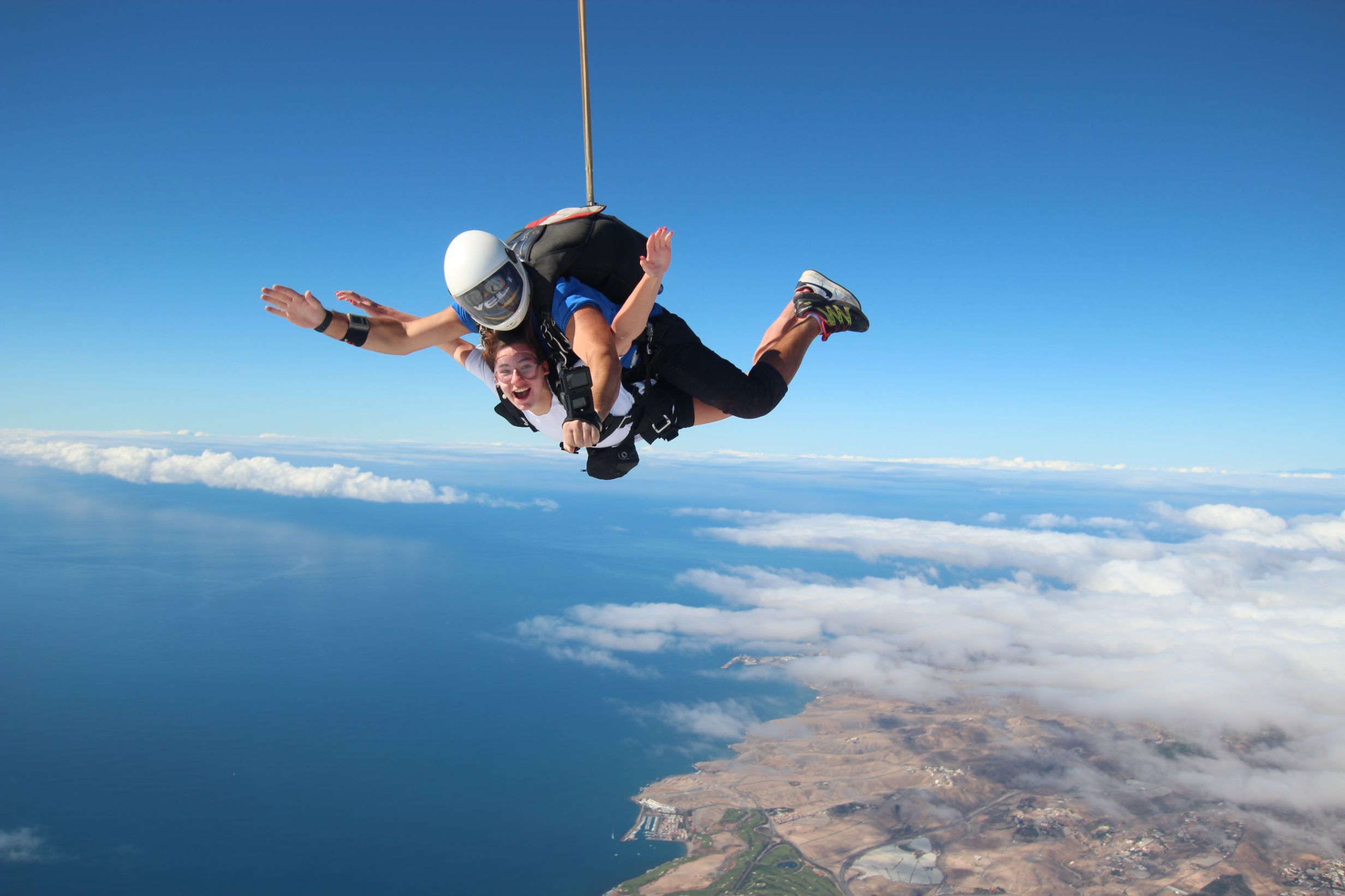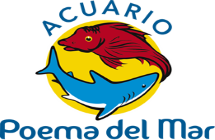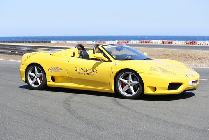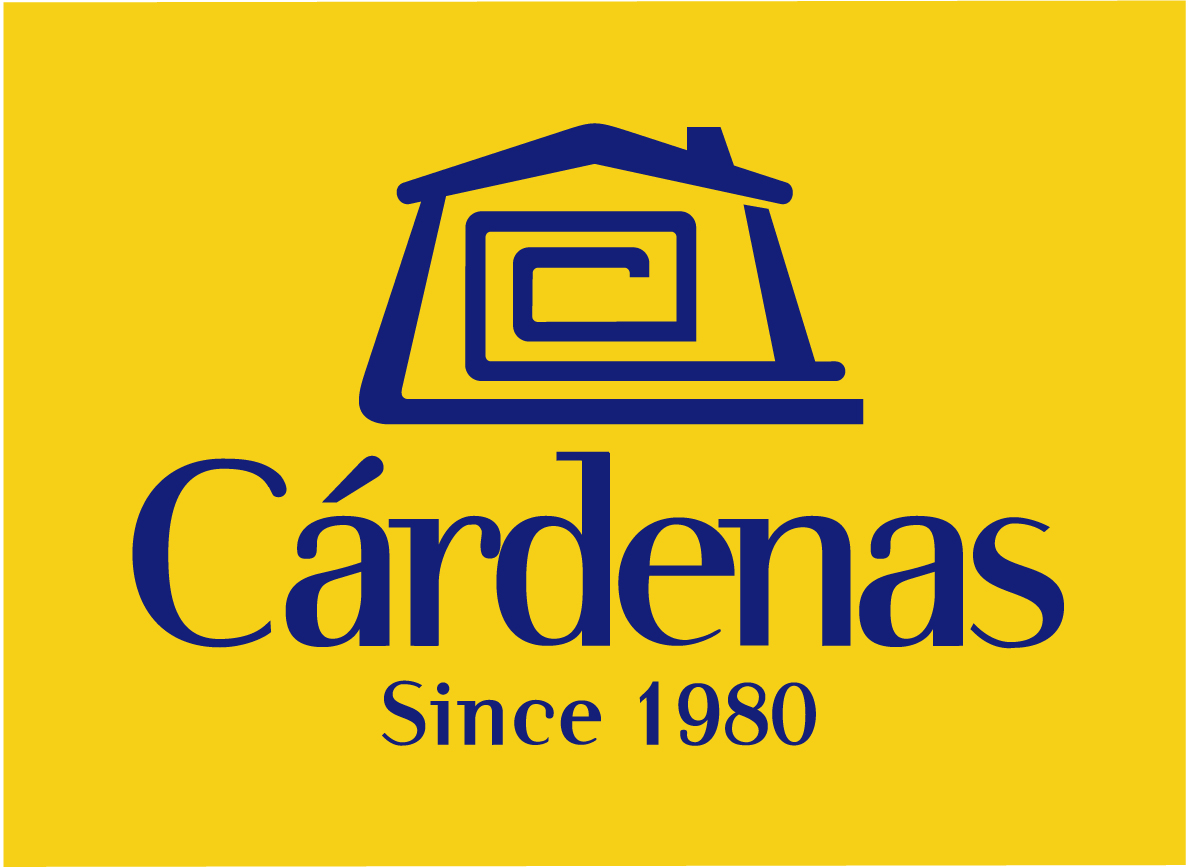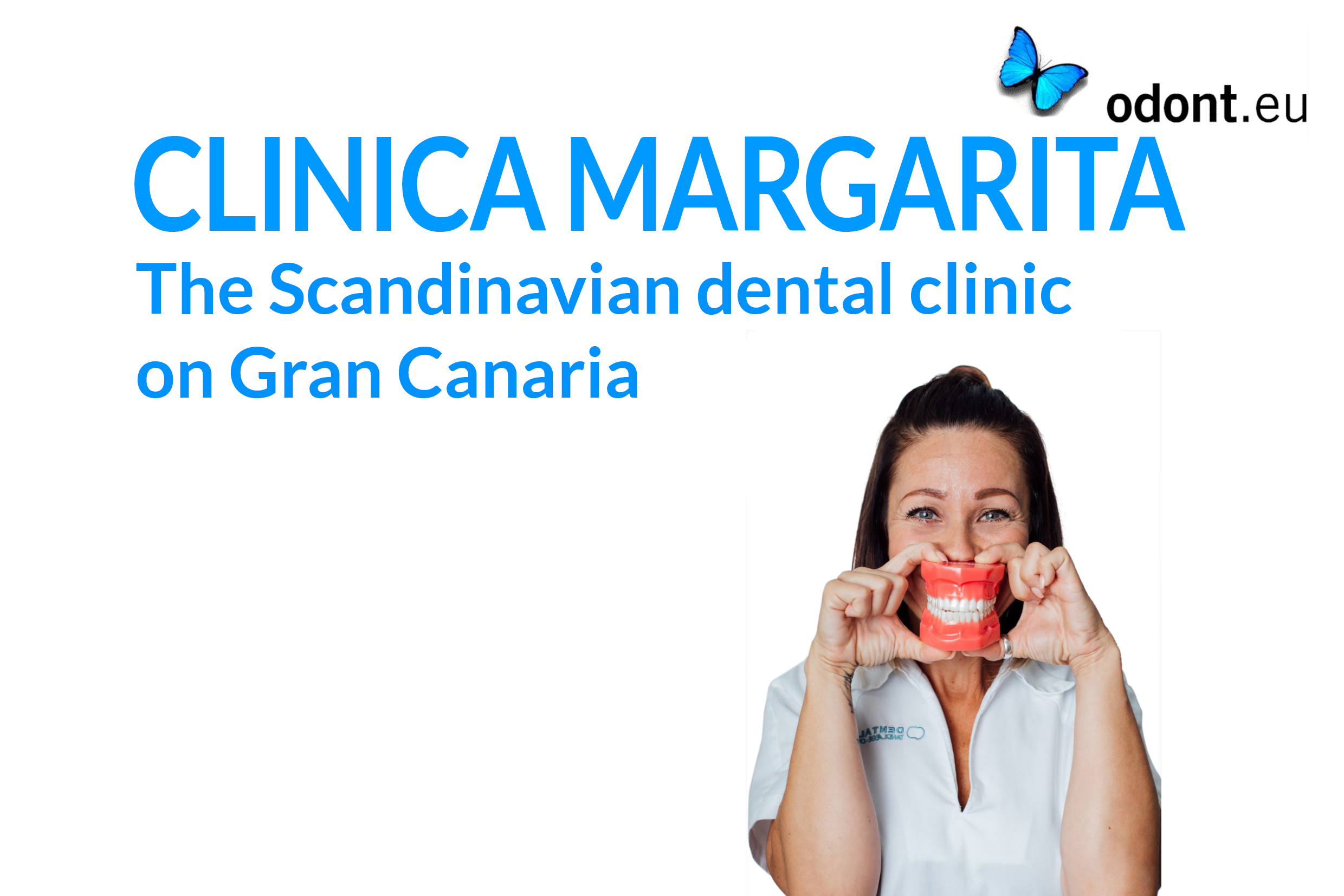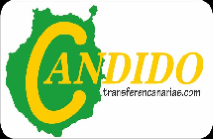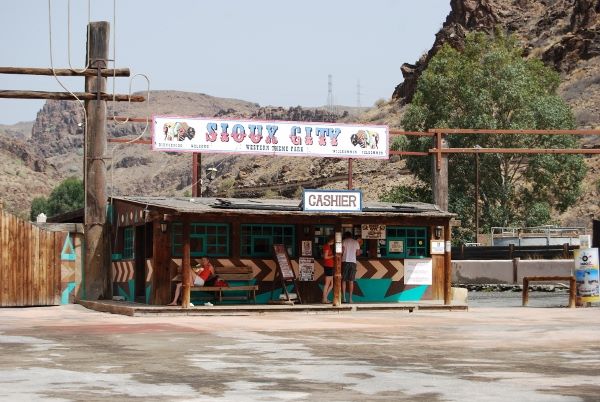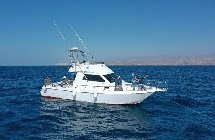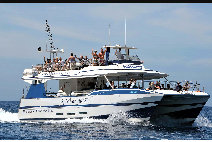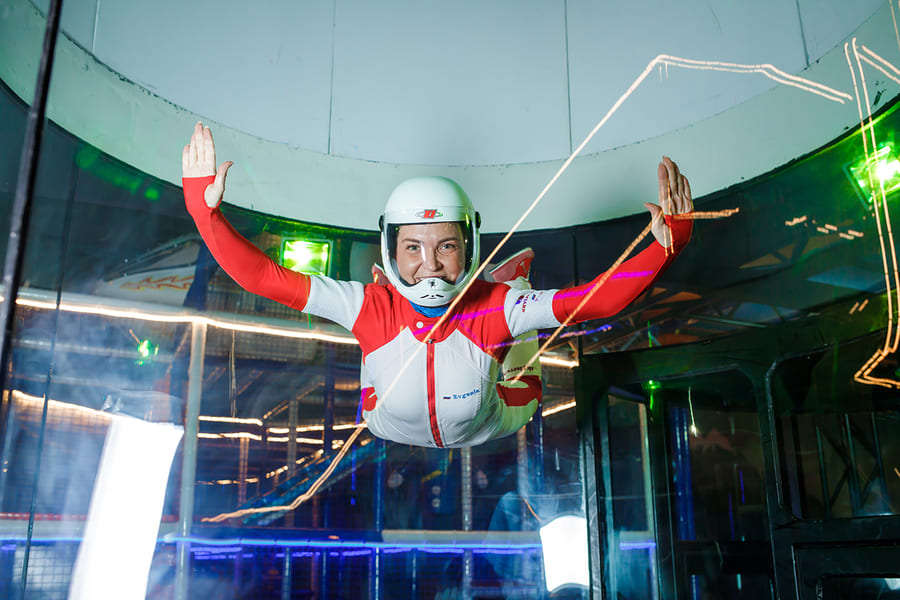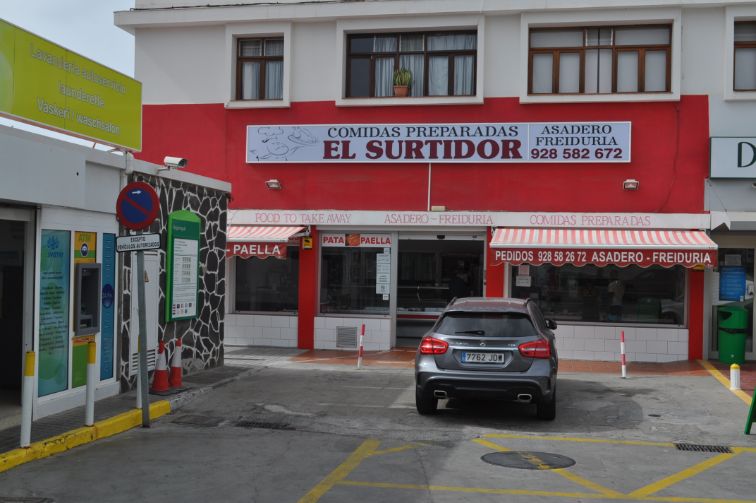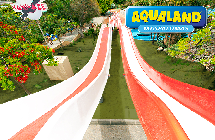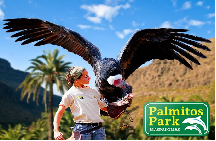This trip takes us to Agaete on Gran Canaria's north western corner and from there into an incredibly lush and beautiful valley, San Pedro, where we will visit Europe's only coffee plantation. But it's not just coffee they grow and supply they also grow a lot of different fruits as well as having their own wine production.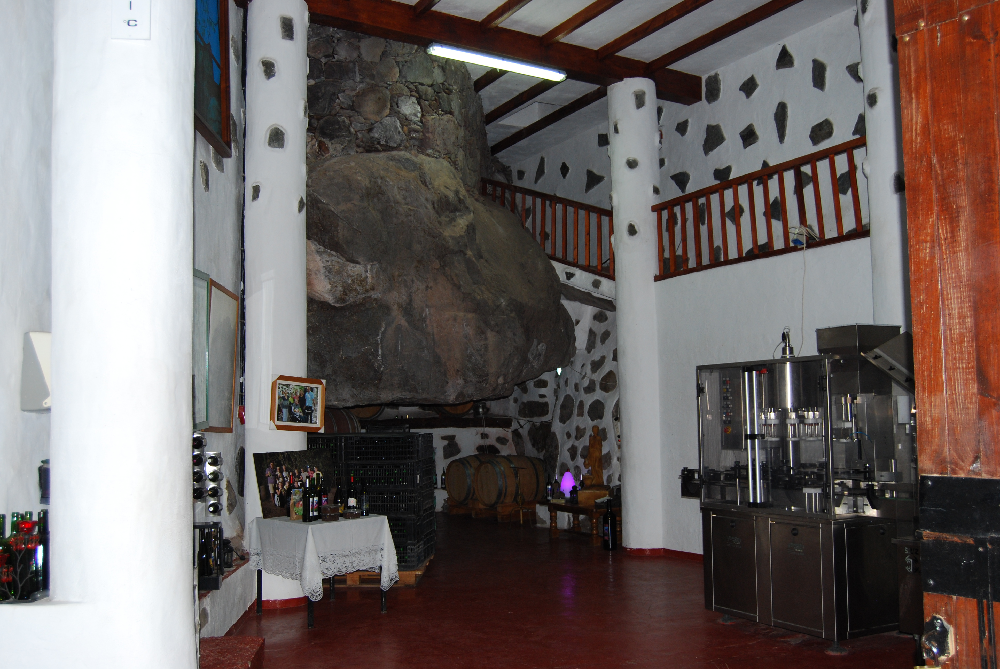 We take the motorway to Las Palmas and continues along the coastal road to Agaete. In this part of the trip we will clearly see how lush and green the north of Gran Canaria is. When we arrive at Agaete (it is from here we sail to Tenerife) we go into a narrow but incredibly beautiful valley where we find “La Finca La Laja".
We take the motorway to Las Palmas and continues along the coastal road to Agaete. In this part of the trip we will clearly see how lush and green the north of Gran Canaria is. When we arrive at Agaete (it is from here we sail to Tenerife) we go into a narrow but incredibly beautiful valley where we find “La Finca La Laja".
As the bus cannot drive right up to the property we will have to walk from the parking area which is about 150 meters. Should there be disabled or people in our group with walking difficulties in our group we can arrange that someone from the property can drive down and pick them up with their car.
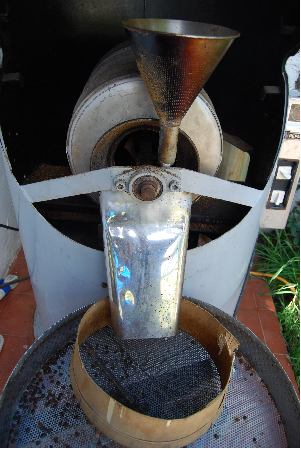
When we come up to the estate we get a little introduction, after this the tour starts and between the green trees and bushes. We get a little story about each species of plant and coffee tree (they have about 2000 of them).
The coffee beans begins to shift from the small white flower to fruit in November and December. The fully grown coffee beans are pick in April, May and June. They take only the red ones, so they have to look around the trees 2-3 times a week. Coffee trees cannot tolerate sunlight, but like to have the warmth so they have tied grape vines above them to shade them from the direct sun.
From 5 kg of coffee beans picked, there will only be 1.5 Kg of finished beans, when they are peeled, dried and toasted. When the coffee beans are ready for sale they will include 2, 3, and 5% caffeine.
We continue into their tiny wine bodega where we get an explanation how they make their own wine, which is not much as they only produce around 4,000 bottles a year this is because they only use the grapes from their own vineyard. They offer several varieties and each of wines is a mixture of 2 or 3 different grapes and this gives the difference in the taste to each type of wine produced.
The visit ends with tasting everything they do and a little more, for example homemade cake and a tasty cheese, which is made of half goat and half cow's milk. You can of course buy their products.
On our way back to the south coast, we drive along a dirt track past the caves, where you have the opportunity to look into the past and learn how the people lived here on the island during that time.
You can read more about the caves here.
The tour will be in English or Spanish.
This trip is so beautiful and interesting and is a "must" to participate.
